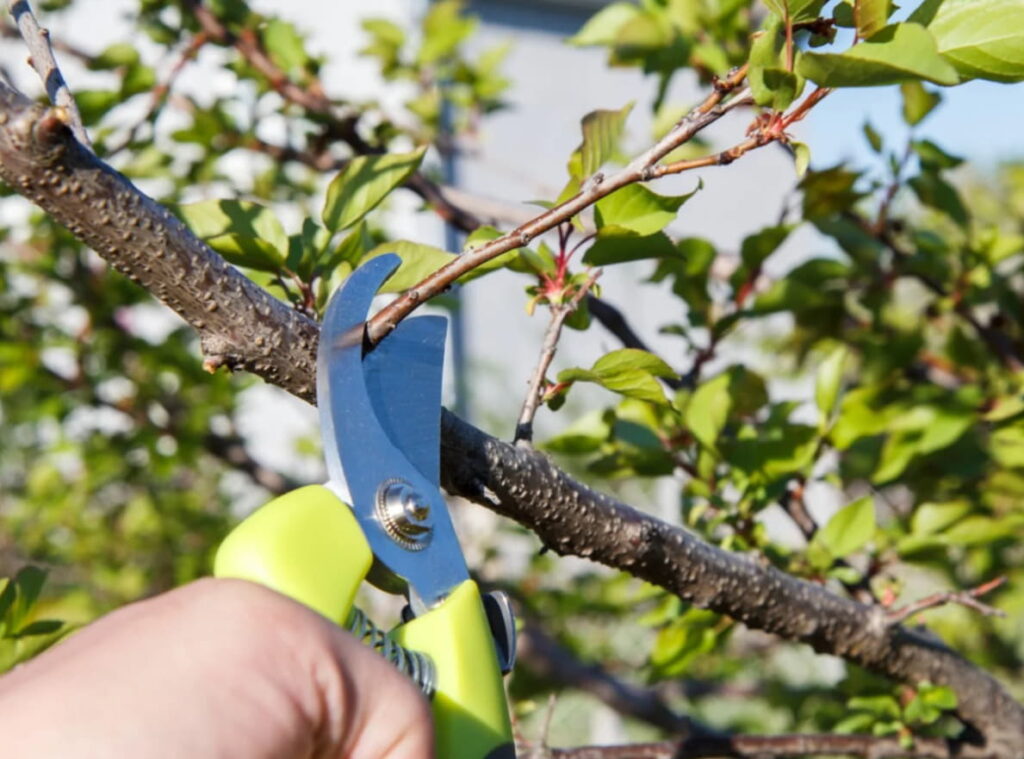Tree maintenance, particularly tree pruning in Ballina, is often shrouded in myths and misconceptions. These can lead to improper care methods that could potentially harm the health of your trees. Let’s debunk some common myths and get to the heart of the facts surrounding this crucial aspect of arboriculture.
Myth 1: All Trees Require Regular Pruning
Contrary to popular belief, not every tree needs frequent pruning. While it’s true that strategic trimming can improve a tree’s aesthetics and health, over-pruning can be detrimental. Some species thrive with minimal interference, while others may require more hands-on care. Understanding the specific needs of your trees is key to their well-being.
Fact: Pruning Needs Vary by Species
The frequency and extent of pruning depend largely on the type of tree. For instance, fruit trees often benefit from yearly trimming to promote better yields. On the other hand, evergreens seldom require pruning except for aesthetic shaping or removal of dead branches.
Myth 2: Late Fall is the Best Time for Tree Trimming
There’s a widespread belief that late fall, when trees are dormant, is the ideal time for tree trimming. However, this is not always the case.
Fact: The Optimal Pruning Time Depends on the Tree
The best time for trimming varies according to the tree type and reason for pruning. Spring-flowering trees are usually pruned after they bloom, while late summer or early fall is optimal for most shade trees. Always consult with an arborist or do thorough research about your specific tree species before making any cuts.
Myth 3: Topping is an Effective Pruning Technique
Topping, or cutting off a tree’s top, is often touted as a good way to control tree size. However, this practice is generally discouraged.
Fact: Topping Can Be Harmful to Trees
Topping can leave trees vulnerable to disease and decay. It also stimulates excessive, weakly attached growth, which can pose safety risks. Instead, consider crown reduction, a more tree-friendly method that involves removing select branches to reduce the tree’s size.
Myth 4: Wound Dressings Accelerate Healing
Many people believe that applying wound dressings after pruning helps trees heal faster. This is another misconception.
Fact: Trees Heal Themselves
Trees naturally compartmentalize wounds and generate new tissue over the damaged area. Wound dressings are largely cosmetic and can sometimes even inhibit the healing process.
Conclusion:
Understanding the myths and facts about tree pruning in Ballina can make a significant difference in the health and longevity of your trees. When done correctly, pruning not only enhances the visual appeal of your trees but also contributes to a safer and healthier environment.

